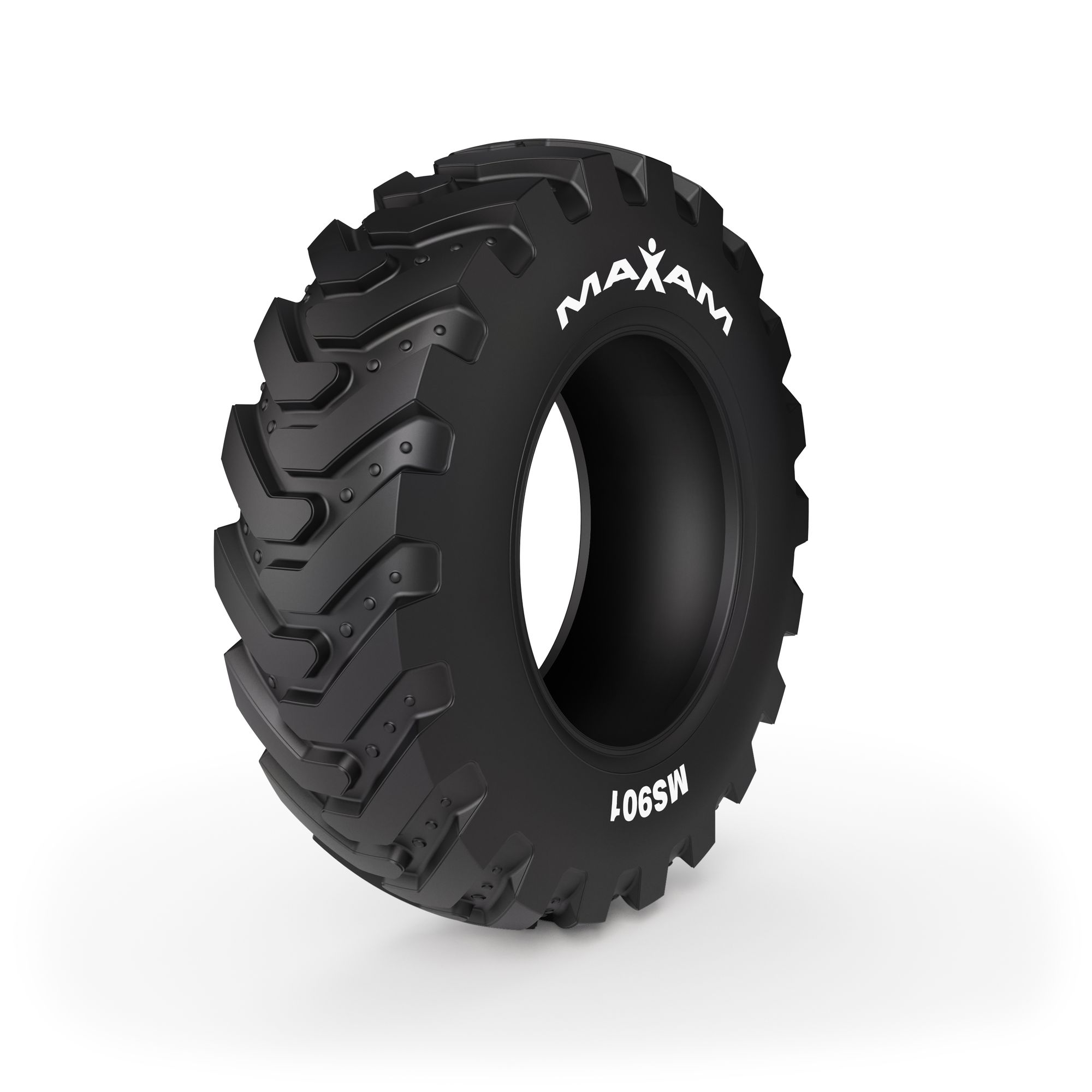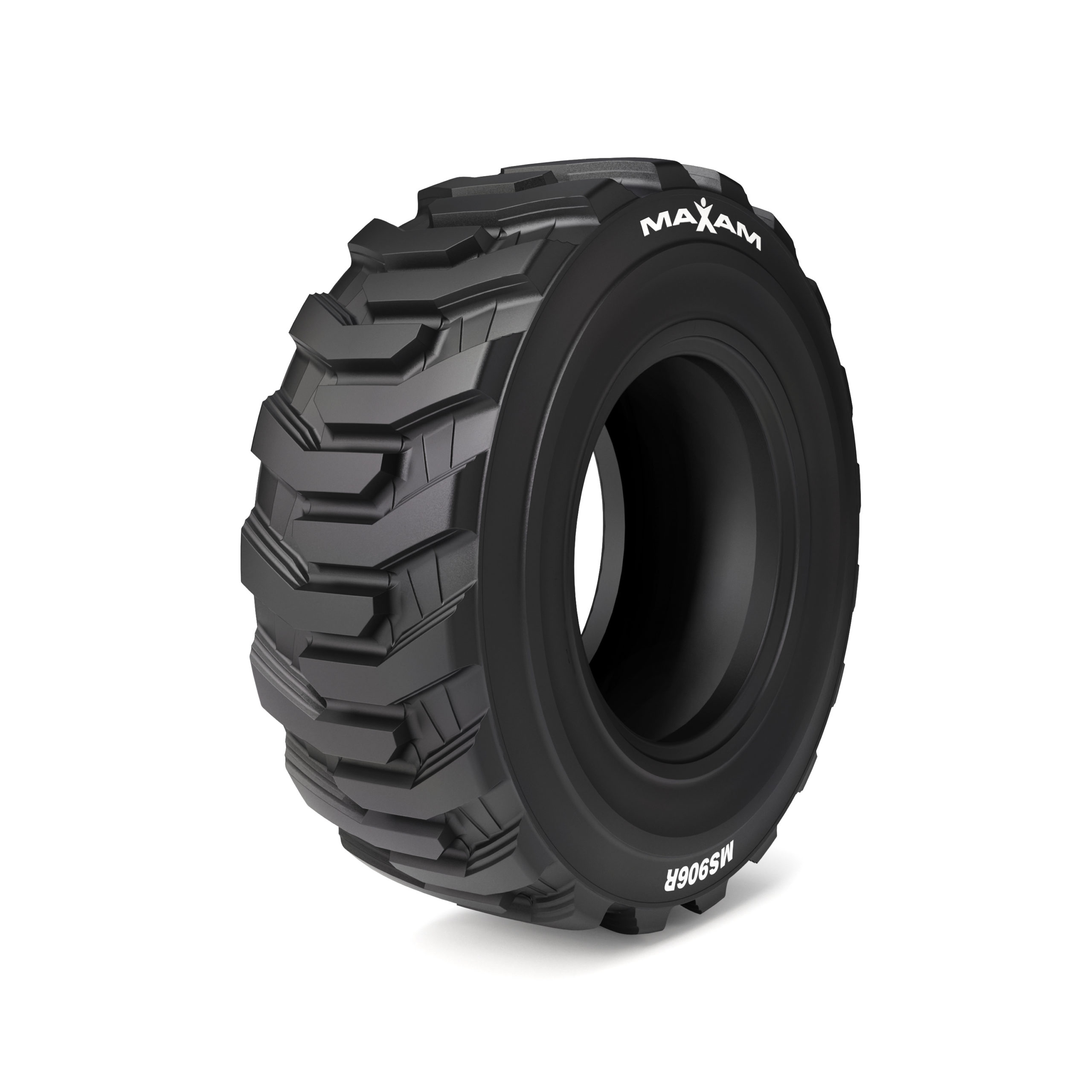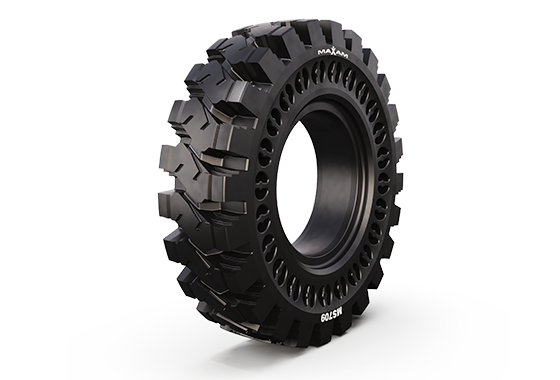What are the three types of tire construction?
Radial, bias, and solid are the three different types of tire constructions. Each construction has its strengths and it is important to pick the correct tire for your application.
Bias tires
Bias tires are made of layers of nylon plies in a crisscross pattern, placed at angles of 30-40 degrees. The plies are laid at opposing angles forming an x-pattern to which the tire tread is applied too. The main advantage of a bias ply tire is that they deliver a smooth ride on rough surfaces enhancing operator comfort and they have the ability to withstand high loads. Although, bias tires can be more sensitive to overheating and can lead to increased wear rates and fuel consumption rates.


Radial Tires
Radial tires are manufactured with the tire’s body plies running radially, perpendicular to the circumference of the tire allowing the tire to flex more and permitting a larger footprint. MAXAM’s radial tires achieve a longer and more even tread wear, along with delivering a higher resistance to cuts and punctures decreasing repairs costs on job sites. Disadvantages include a harder ride at low speeds on rough roads, a more rigid sidewall, and a lower grip at slow speeds.
Solid Tires
Solid Tires are best for tough applications that have a high risk of impact and damage. They are extremely stable, puncture resistant, and maintenance-free as they are non-pneumatic, meaning that they are not filled with air. Solid tires eliminate the threat of blowouts and can handle significantly higher weight per load than pneumatic tires. The disadvantages of solid tires are that they cannot operate at high speeds and the upfront cost is higher.




